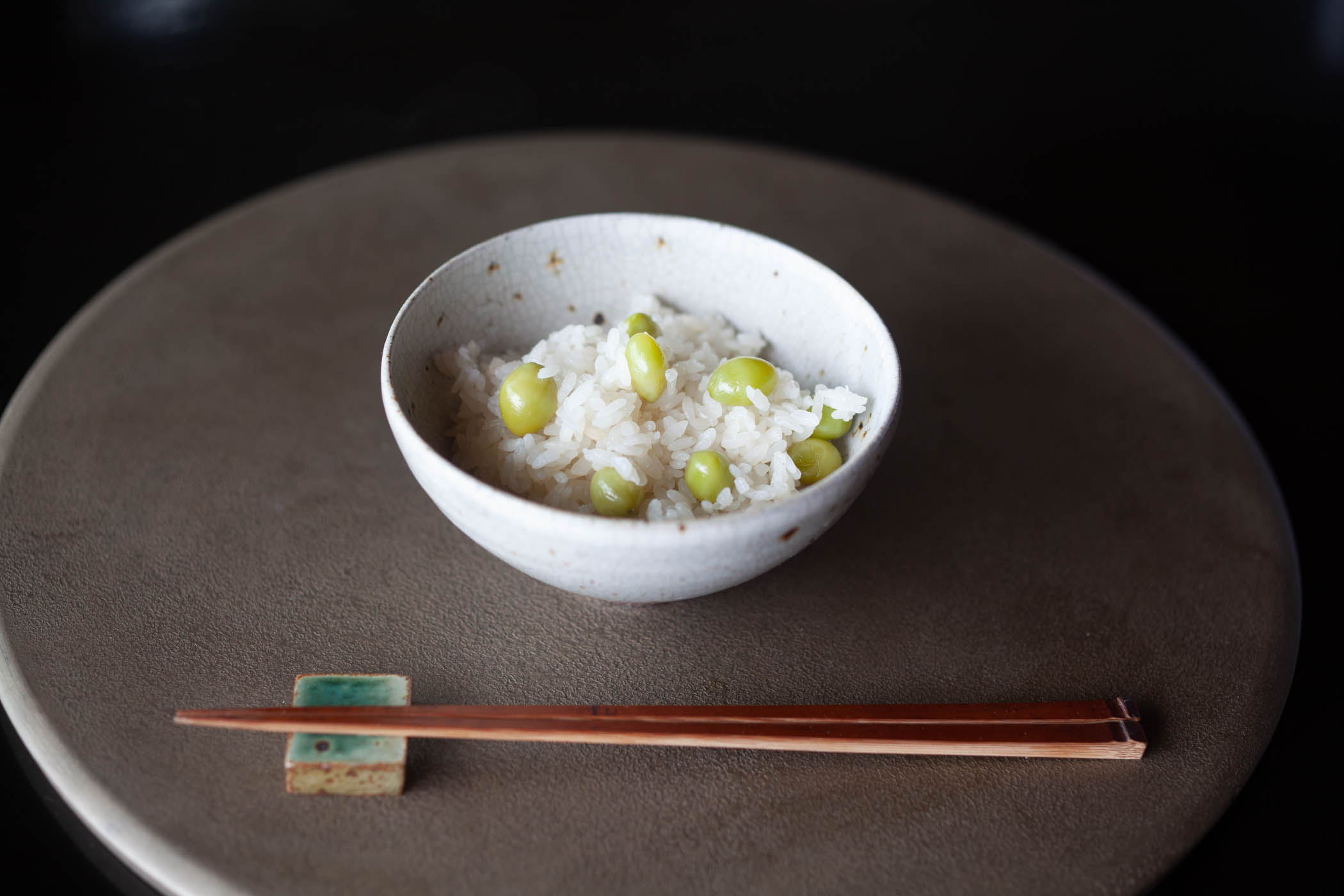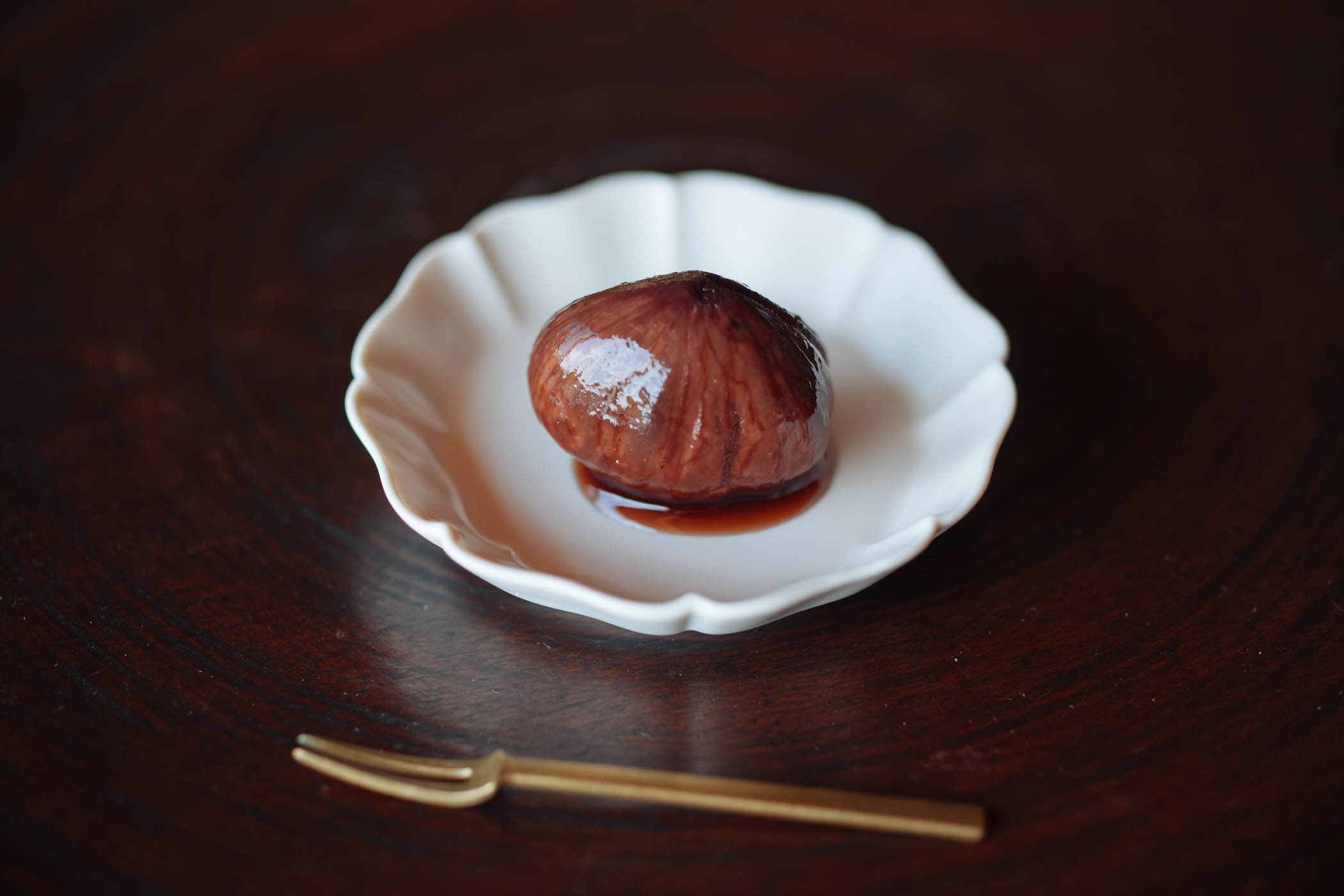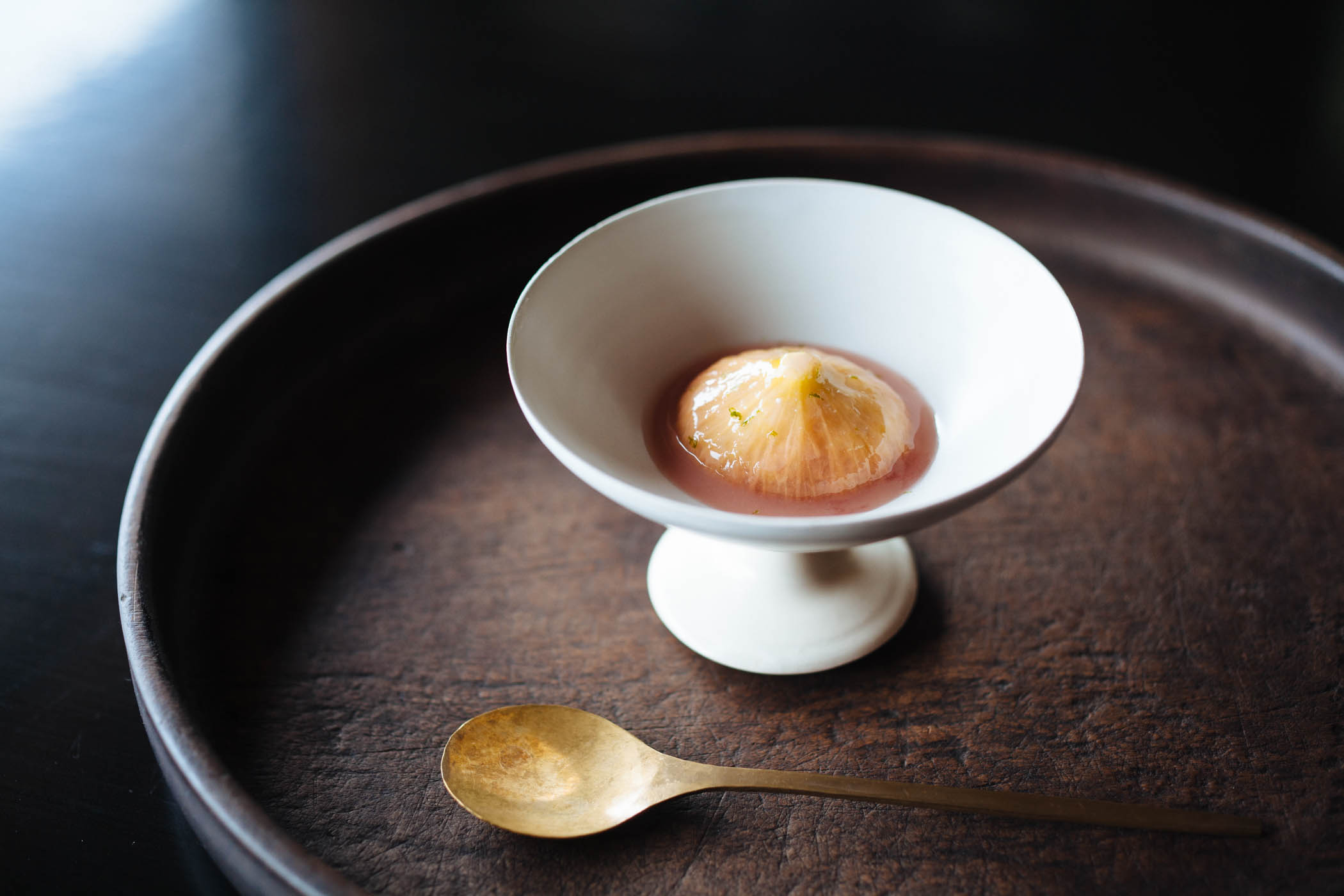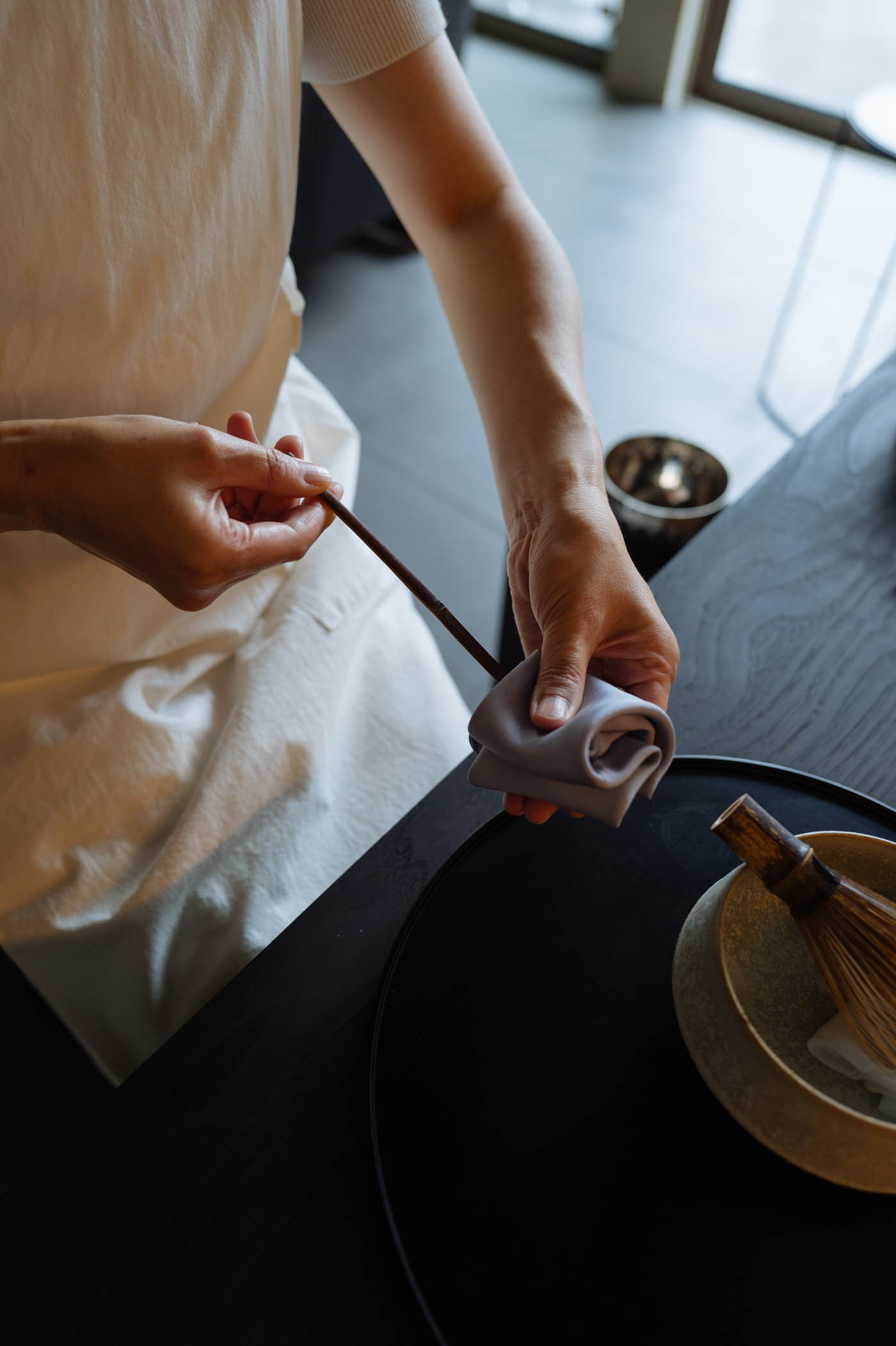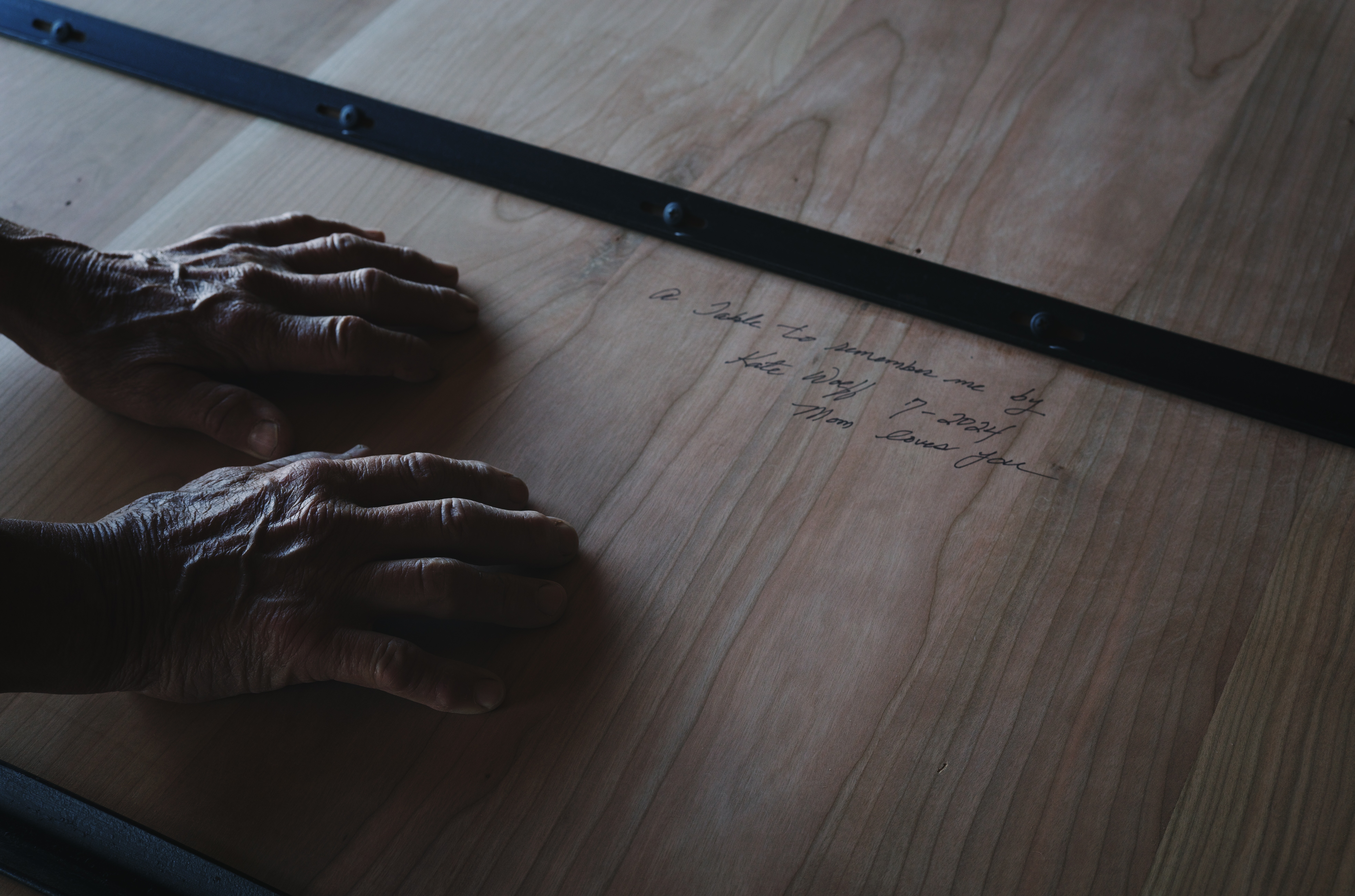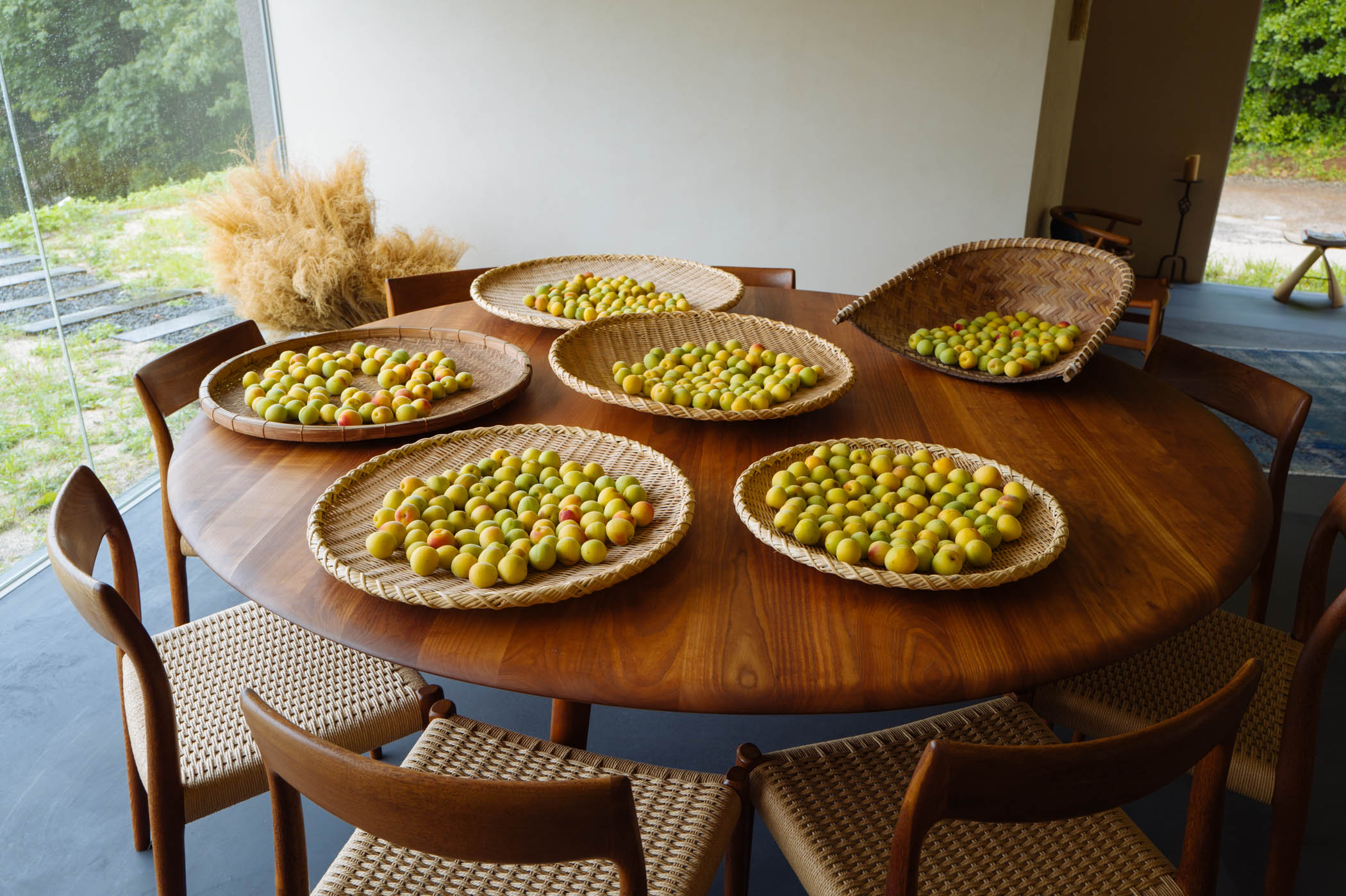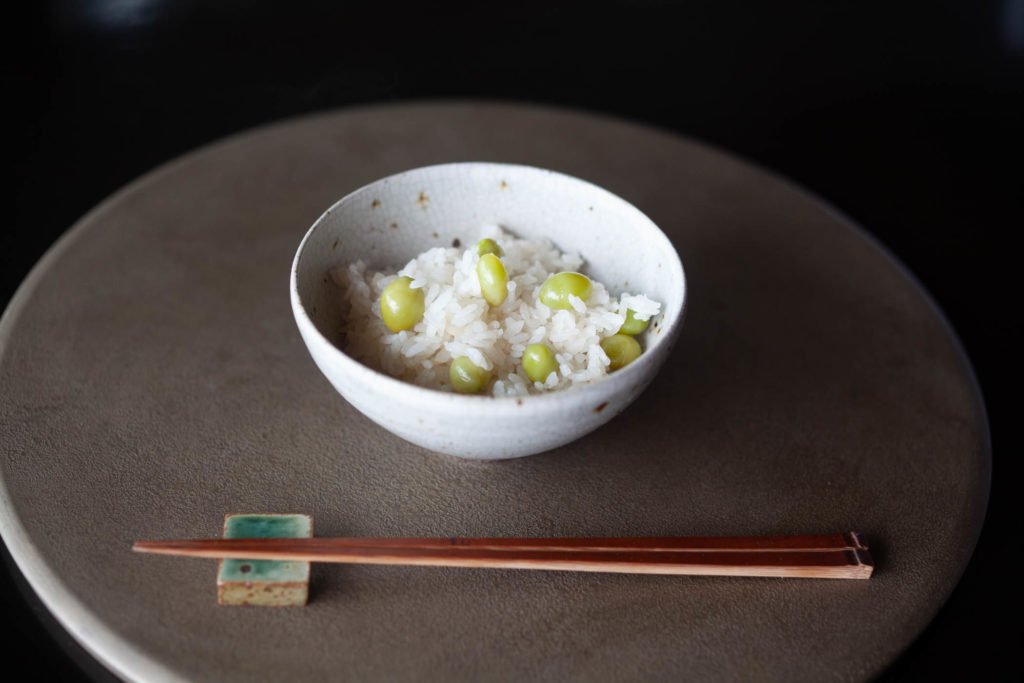
I think time just might just be the most essential ingredient in good cooking. Because cooking with care takes time. And care — for your ingredients, for your kitchen and utensils, for your guests or family — shouldn’t be rushed.
Washoku, Japan’s culinary tradition, asks the cook to preserve and present the purest interpretation of an ingredient’s flavor. It’s a simple concept and yet the techniques employed can, at times be complex and multi-faceted. But sometimes the simplest of dishes still require a good bit of time. No dish in my repertoire illustrates this quite as well as ginnan meshi (rice with ginkgo nuts). This simple bowl of perfectly cooked white rice dotted with translucent emerald orbs is truly a labor of love.
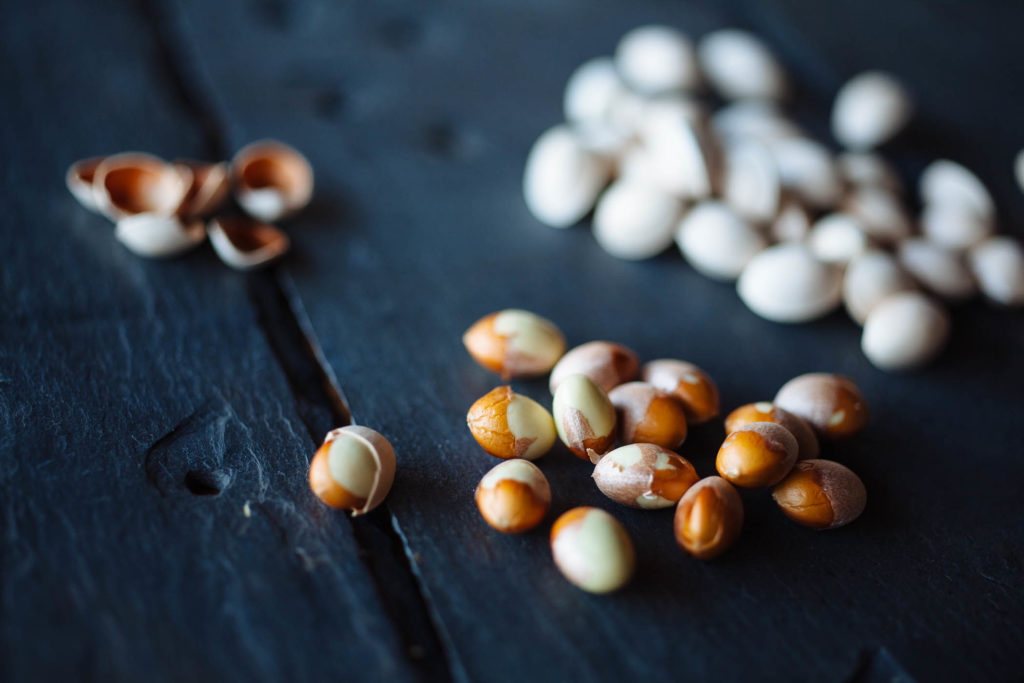
Cracking the shell of gingko nuts without crushing the soft flesh inside takes some practice, and even then there are casualties. A ginnan cracker, which looks like a set of pliers with a curved beak, is a classic example of fantastic Japanese kitchen utensil and is a wise investment. But it still takes some finesse to position them around the shell’s ridges and simultaneously press firmly while preparing to quickly release the pressure as soon as it cracks. From there it’s up to strong fingers to pry away the touch casings.
Each serving of rice should hold at least 6 or 7 ginnan, more if you’re generous. Multiply that by the number of people at your table, plus the second helping they’ll require, and maybe a little left for lunch the next day, and well, you have whole lot of delicate shelling to do.
Denuded gingko nuts are still wrapped in a papery shroud that would, if left on, conceal their glorious color. So they must be plunged into a pot of boiling water to soften and loosen the skins before peeling the maddening membranes away, one by one, under cool running water.

There are, in fact, easier ways to enjoy fresh fall ginnan. You could crack the shells and swirl them around a hot skillet until cooked through and then eat them piping hot with good sea salt and sips of sake. But it’s the season of shinmai, new rice, and the gentle sweetness of freshly steamed, pearly white new rice against the nutty emerald orbs is nothing short of divine.
The word for luxury in Japanese is zeitaku. It’s a high compliment at the dinner table in our house, said not so much to compliment any one dish itself but to describe the rich sense of contentment when eating and drinking well. It’s a phrase I hear often on nights when we finish the meal with ginnan meshi. Time is a luxury, it’s the secret ingredient. And though it doesn’t always feel abundant, I find great satisfaction in allocating it to a fine meal. I put on some good music, settle in, and commit. There’s a bit of magic in a meal that is more than just a part of your evening, in a meal that becomes the evening.
